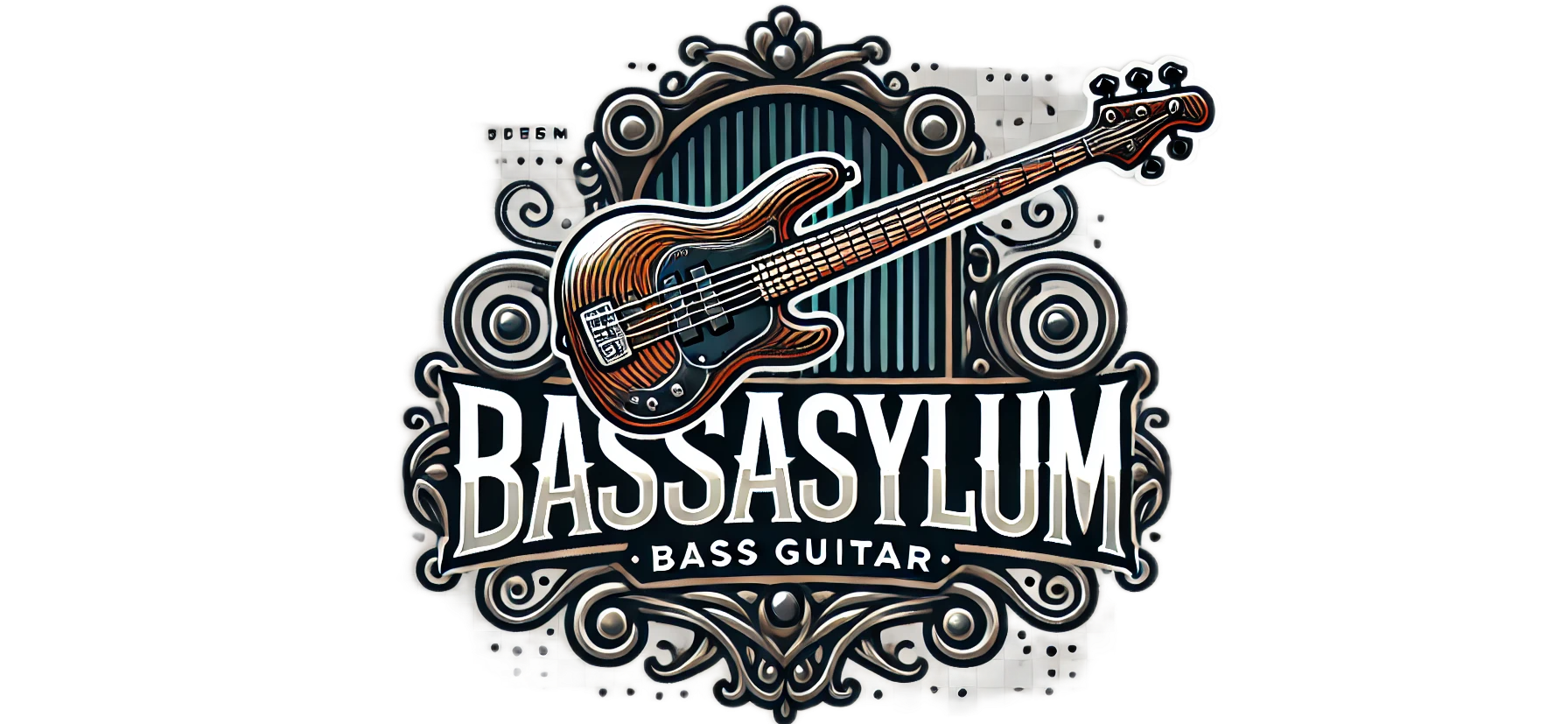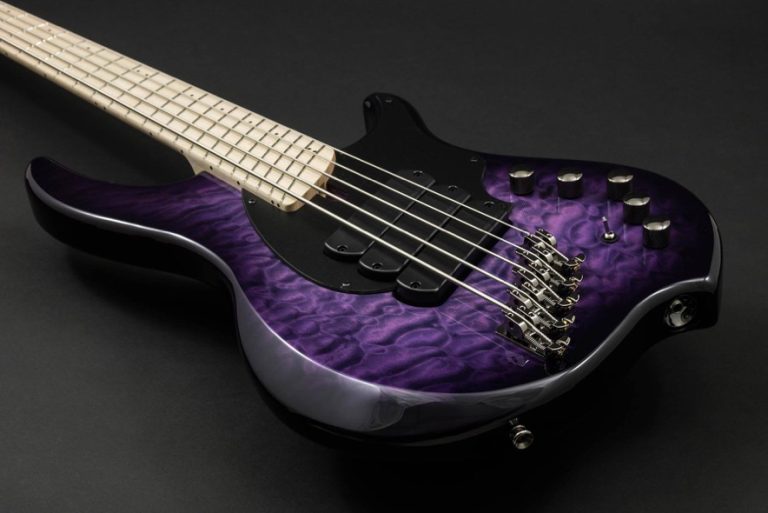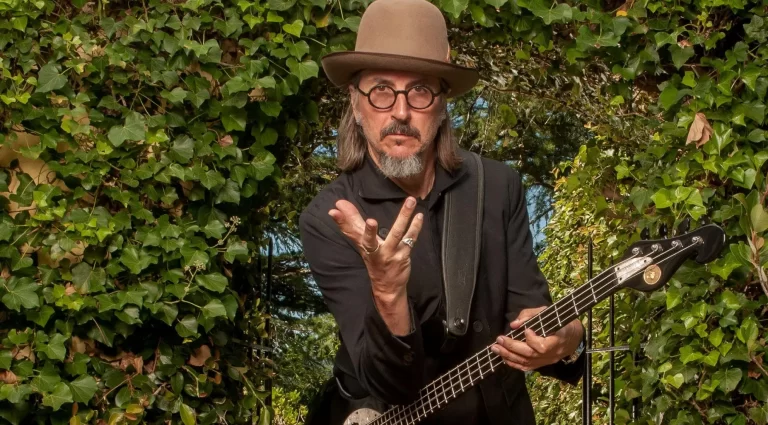John Paul Jones Led Zeppelin bassist
A talented person is talented in everything. This is directly applicable to musician John Paul Jones. A versatile instrumentalist, sought-after composer and arranger, he is internationally renowned as the bassist for the hard-rock band Led Zeppelin. Rolling Stone Magazine even listed him as one of the 50 greatest bassists in the history of music.
Rachmaninoff, the church choir and The Rolling Stones
John Richard Baldwin was born in Kent, England, in 1946. He would later adopt a pseudonym inspired by the 18th-century American father of the navy, Captain John Paul Jones, who fought in the American War of Independence.
The future hard rock star’s childhood was spent in an environment that was as musical as it gets. His parents, who were professional musicians themselves, taught their son to play the piano and even organised family concerts.
When I was young, I was into jazz and classical music, my idols were Sergei Rachmaninoff and Charlie Mingus. In the early 1960s, rock ‘n’ roll and Elvis Presley simply did not exist for me. But the blues was a real shocker and that’s what made me explore the nature of rhythm and got me into rock music.
At music college in London, John was introduced to music theory, gaining keyboard experience and positive references. At one time he was even organist and choirmaster at a local church.
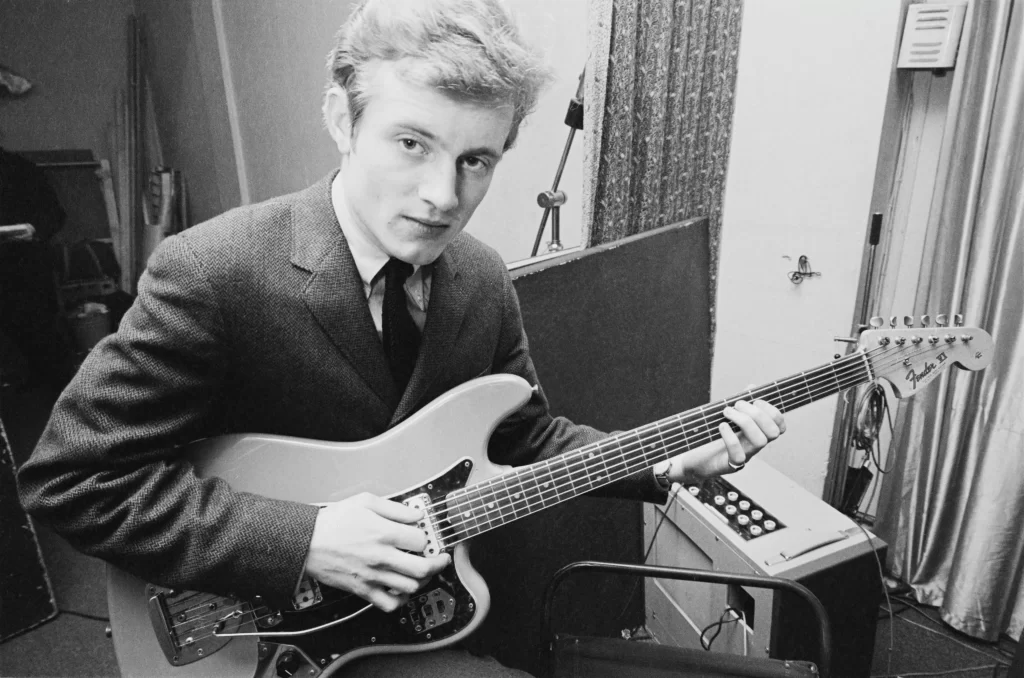
At the age of 14 the boy got his first bass guitar, and gradually this instrument pushed the piano into the background. John formed ensembles at school, performed at US Air Force bases in England, and soon began touring clubs and concert venues.
As a session musician he was involved in recording albums by various artists on Decca Records. In 1964 his first solo single “Baja/A Foggy Day In Vietnam” was released.
At that time nobody really understood what a bass guitar was, and especially nobody knew how to write a score for it. The only band that didn’t need my services was The Beatles: at that time in England only Paul McCartney and I knew how to approach a song. The two of us seemed to know that the bass and keyboards were too little for a complete arrangement, and he and I were the only ones learning to play different instruments all the time.
By 1964 John Paul Jones was becoming a sought-after arranger and working with artists such as The Rolling Stones, Billy Nichols, Jeff Beck, Lionel Bart, Dusty Springfield, Cliff Richard, Andrew Oldham Orchestra. At a certain point this workload ceased to please the musician, and became an unbearable burden.
By 1968, I was doing 50-60 arrangements a month and I began to feel like it was killing me.
John Paul Jones and Led Zeppelin – the birth of a legend
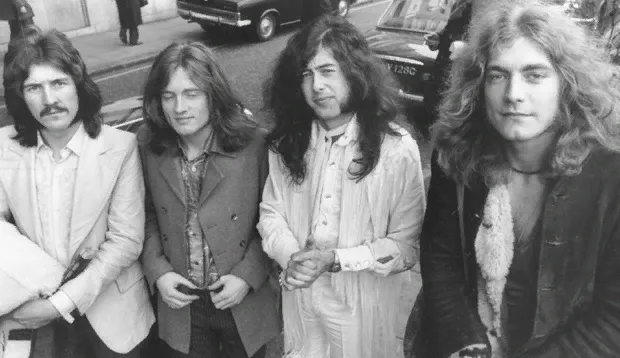
John met guitarist Jimmy Page while recording an album for The Yardbirds. When the band broke up, Jones took the vacant bassist position. Vocalist Robert Plant and drummer John Bonham soon joined the young band. The era of Led Zeppelin began.
The first concert was held on December 26, 1968 in Denver, and within the next year the number of concerts played was over 175. The musicians were gaining popularity, releasing records that went on to become gold. In 1973, they broke The Beatles’ record with 49236 people in Atlanta’s stadium.
A true Englishman, John Paul Jones was rather reserved on stage against his colleagues. However, his contribution to the musical component of the band’s work cannot be overestimated. A competent, talented and accomplished arranger and composer, Jones created the inimitable harmonies, rhythms and parts that made Led Zeppelin’s compositions a hit.
He had a real musical background and generated brilliant ideas, so I decided not to pass up the chance.
Jimmy Page
Examples of the multi-faceted musician’s significant work
- Leading and distinctive bass line in “What Is and What Should Never Be”.
- Fragments of classical works in the piano part. In concert performances of ‘No Quarter’ John Paul Jones often inserted excerpts from Rachmaninoff, whose work has inspired him since his early years.
- The playing of the mellotron on ‘The Rain Song’ was an extraordinary event in the ‘pre-synthesizer’ era. The instrument created a sound appropriate to the atmosphere and theme of the song.
- The mesmerising, magical block flute in ‘Stairway to Heaven’.
“We all gathered in a rural Hampshire mansion called Headley Grange. Plante and Page had just come down from the Welsh hills: bringing with them this chord sequence, a guitar intro and, I think, one verse, well, maybe a bit more. It was the first time I had heard the song to the deafening accompaniment of the fireplace flames. It made an impression on me – well, just as one might imagine. I took the block flute and played the tune: that’s how the introduction came about. Then I moved on to the piano: we did the second section. So we gradually recorded one section after another and then put on a ‘guitar army’, as Page called it.”
In addition to being a member of Led Zeppelin, John Paul Jones continued to do session work. He performed bass, keyboards and arranged Madeline Bell’s album Comin’Atcha.
Led Zeppelin ceased to exist in 1980 after the death of drummer John Bonham. During their 12 years together, the musicians created a unique and recognizable sound through their use of elements of folk, soul, country music. Their vibrant rhythms, heavy basslines and catchy melodies have made the band’s albums into hard rock classics.
“Without Led Zeppelin, there’d be no heavy metal, or if there was, it’d be trashy.”
Foo Fighters frontman Dave Grohl
After Led Zeppelin broke up, the musicians went solo, but would occasionally reunite to record albums and concerts.
Free sailing after Led Zeppelin
- John Paul Jones tried his hand at teaching electronic composition at Devon College of Art.
- Along with Paul McCartney and Ringo Starr, he starred in the film “Say Hello to Broad Street” and contributed to the recording of the soundtrack.
- Wrote the soundtracks for Scream for Help and Risk
- Recorded the album “The sporting life” and played a big concert tour with Diamanda Galas.
- Produced albums by Ben E. King, The Mission, La Fura del Baus, Butthole Surfers and his daughter Jacinda Jones’ first album.
- Wrote arrangements for albums by Cinderella, R.E.M., Peter Gabriel.
- Released solo albums Zooma, The Thunderthief
- set up his own recording studio in London
- As a member of Led Zeppelin, he has received the Q-Magazine Merit Award, induction into the Rock and Roll Hall of Fame, the American Music Awards, the Grammy Award for services to the genre, the Polar Music Prize, the Outstanding Contribution Award and many others.
The former members of Led Zeppelin gathered for the last time for a concert on December 10, 2007 at the O2 Arena in London. The performance created a furore among fans of the iconic band and received unanimous critical acclaim. The concert was the basis for the film “Celebration Day”, which received considerable box office attendance.

In 2009, Jon Paul Jones formed Them Crooked Vultures with former Nirvana drummer Dave Grohl and Queens of the Stone Age frontman Josh Hommey. Their first album was hailed as one of their best releases.
Instruments in the hands of Led Zeppelin’s bass player
One of John Paul Jones’ favourite bass guitars is the classic Fender Jazz Bass. It was used to play and record the band’s first compositions. This bass is easily recognisable both in appearance and in its distinctive sound.
- The asymmetrical alder body is “stretched” downwards
- 4 strings
- Rounded top plate which reduces the space between the strings
- two single-coil pickups with control knobs for each
- 34-inch scale
- narrowed rounded maple fingerboard, bolt-on bindings
- Rich mids and treble that set the bass line apart from other instruments.
The musician’s second well-known bass is the Alembic Series II Omega Bass. This 4-string bass guitar has an unusual vintage silhouette like the other models of the brand.
Any self-respecting bass player should stay in history not only in performance recordings, but also in a branded instrument built to their liking. The good old Manson bass got its second birth in 2017 with the Manson John Paul Jones Signature E-Bass variant. It’s an exact replica of the early ’90s bass that John performed with over the years.

- 4 strings,
- Mahogany body,
- 3-ply maple veneer neck with rosewood inlaid with pearl dots,
- Aguilar cartridges,
- Glossy matt black finish.
John Paul Jones’ most unconventional stringed instrument, a three-headed hybrid of 6-string, 12-string acoustic guitar and mandolin.

John Paul Jones has really fulfilled himself. After becoming a hard rock star, he didn’t stop there. He gained a tremendous amount of experience working in different styles and collaborating with numerous artists. Musicians of the following generations repeatedly emphasised John Paul Jones’ influence on their creativity. For example, John Deacon (Queen), Gene Simmons (Kiss), Tom Hamilton (Aerosmith), Fli (Red Hot Chili Peppers) and Krist Novoselic (Nirvana) spoke about it.
Creativity is not just a job. It’s part of a talented person’s soul. And no matter how much he shares it with the public, there is always the opportunity to be alone with his inspiration.
I have amassed a huge home collection of mandolins. There’s just a glorious Gibson 1926 that I often play sitting at home. I go out into the fields and play to the cows. Cows are a great audience, when they’re happy and content, they never raise their heads, all munching on their grass. It’s nice that they can’t boo you.

Hey, fellow bassists and musicians overall!
I’m nothing more than just bass player and enthusiastic blogger. Feel free to ask any questions in the comments.
Huge thanks for all crazy people who supports this resource. Keep groovin’!
